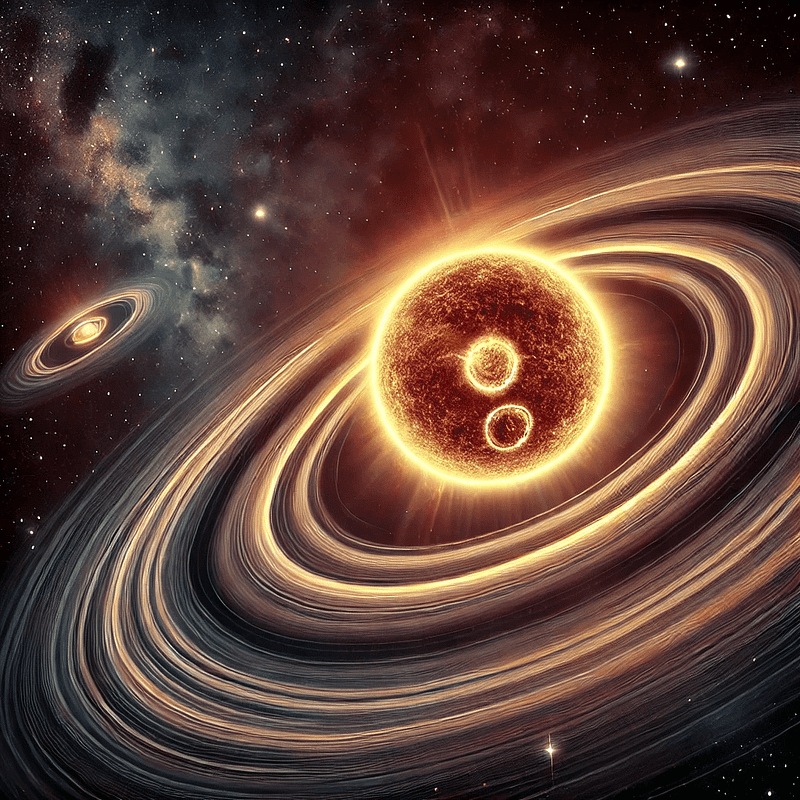Unveiling the Cosmos: The Transformative Impact of JWST
Written on
Chapter 1: Introduction to the James Webb Space Telescope
The universe is filled with enigmas, and we are just beginning to uncover its secrets. Introducing the James Webb Space Telescope (JWST)—our most advanced tool for exploring the cosmos! Since its launch, JWST has served as an unparalleled observer, dramatically enhancing our grasp of the universe with each revelation.
Let’s explore some astonishing discoveries made possible by JWST!
Section 1.1: Discovering Early Carbon-Rich Dust
JWST's Near Infrared Spectrograph (NIRSpec) has identified carbon in a galaxy dating back to just 350 million years after the Big Bang. This carbon includes polycyclic aromatic hydrocarbons (PAHs), which are intricate organic molecules vital for life.
What This Means: This discovery implies that the essential elements for life emerged much earlier in cosmic history than previously thought, suggesting that life could have begun earlier than we ever imagined.
This paragraph will result in an indented block of text, typically used for quoting other text.
Subsection 1.1.1: Early Carbon Discoveries
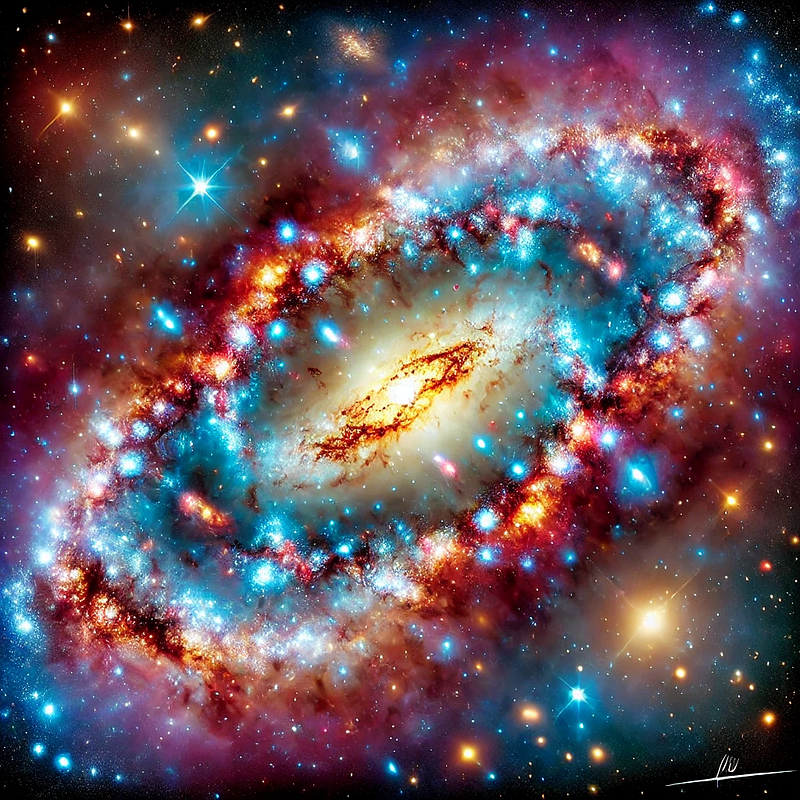
Section 1.2: Massive Galaxies in the Early Universe
JWST has spotted galaxies as large as the Milky Way existing just 500 to 700 million years post-Big Bang. These galaxies are surprisingly mature, featuring aged, reddish stars.
What This Indicates: This suggests that galaxies may form and evolve more rapidly than we had anticipated.
This paragraph will result in an indented block of text, typically used for quoting other text.
Subsection 1.2.1: Early Galaxy Discoveries

Chapter 2: New Insights into Star Formation
The first video, "3 Ways the James Webb Space Telescope Will Revolutionize Our Understanding of the Universe," delves into how JWST's findings are transforming our cosmic perspective. The discussion highlights key ways in which JWST is reshaping astronomy by revealing the mysteries of the universe.
Section 2.1: Population III Stars and Pristine Gas
Through NIRSpec, JWST has discovered a helium gas clump in the galaxy GN-z11, indicative of a pristine composition. This clump likely contains material untouched by earlier star generations, supporting the existence of Population III stars.
What This Suggests: This discovery reinforces the idea of the universe's earliest stars, primarily composed of hydrogen and helium.
This paragraph will result in an indented block of text, typically used for quoting other text.
Subsection 2.1.1: Population III Star Insights
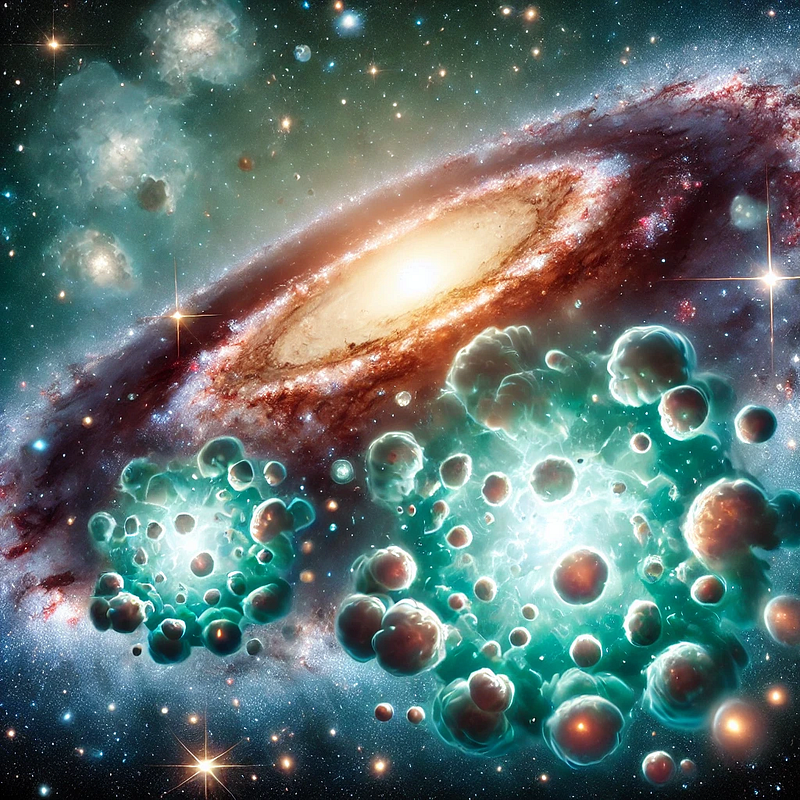
Section 2.2: The Formation of Supermassive Black Holes
Signs of supermassive black holes in ancient galaxies have been detected by JWST's NIRCam and NIRSpec, revealing dense gas and high-velocity winds. These black holes appear to have formed and grown swiftly in the early universe.
What This Implies: The processes behind black hole formation and growth may be more efficient than previously believed.
This paragraph will result in an indented block of text, typically used for quoting other text.
Subsection 2.2.1: Supermassive Black Hole Discoveries
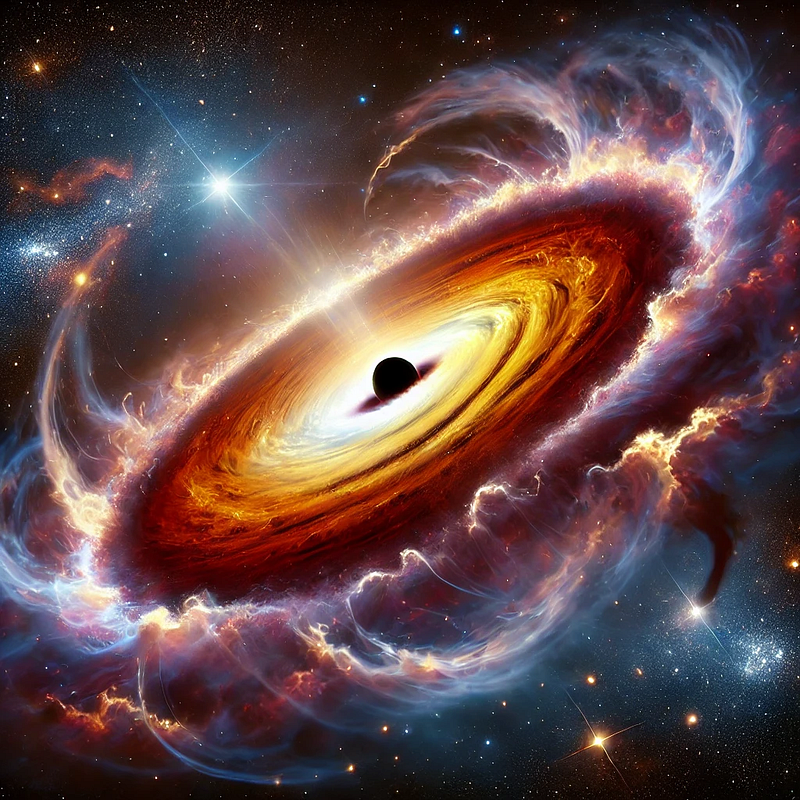
Chapter 3: Complex Chemistry in the Universe
The second video, "Did the James Webb Space Telescope Change Astrophysics? | 2024 Isaac Asimov Memorial Debate," explores how JWST's observations are reshaping the field of astrophysics and prompting new questions about our universe.
Section 3.1: Organic Molecules in Ancient Galaxies
JWST has detected complex organic molecules in a galaxy over 12 billion years old. These molecules bear similarities to those found in oil and coal, suggesting that intricate chemical processes were occurring very early in the universe's timeline.
What This Suggests: This finding indicates that the chemistry essential for life existed much earlier than once thought.
This paragraph will result in an indented block of text, typically used for quoting other text.
Subsection 3.1.1: Complex Organic Molecule Discoveries
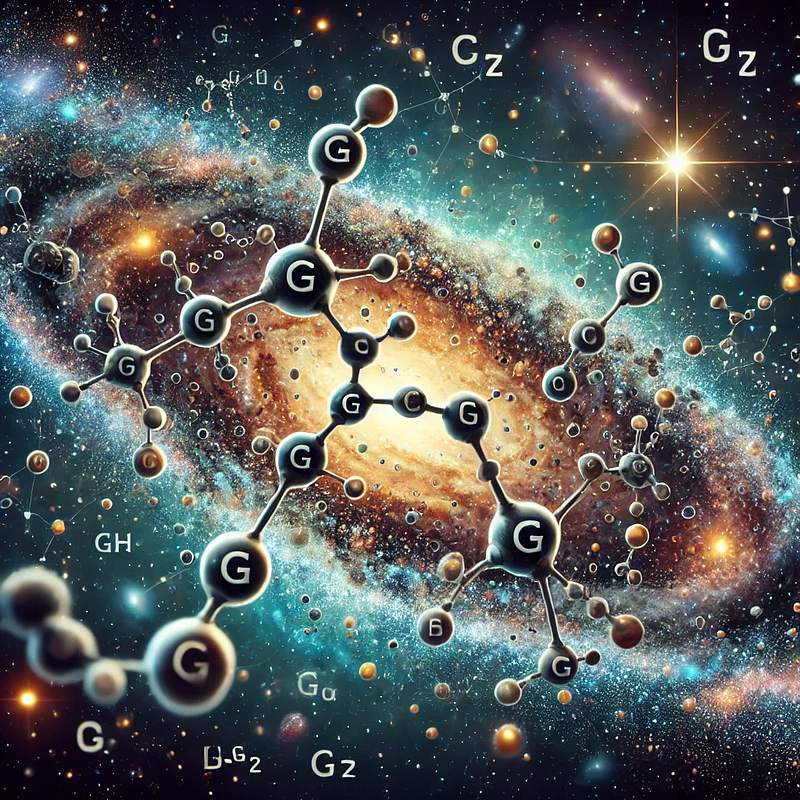
Section 3.2: Insights into the Phantom Galaxy
JWST's imaging has unveiled intricate structures of heat-emitting dust and gas in the Phantom Galaxy (NGC 628), showcasing star-forming regions.
What This Indicates: These detailed observations improve our understanding of star formation and the role of interstellar dust in galaxy evolution.
This paragraph will result in an indented block of text, typically used for quoting other text.
Subsection 3.2.1: Phantom Galaxy Observations
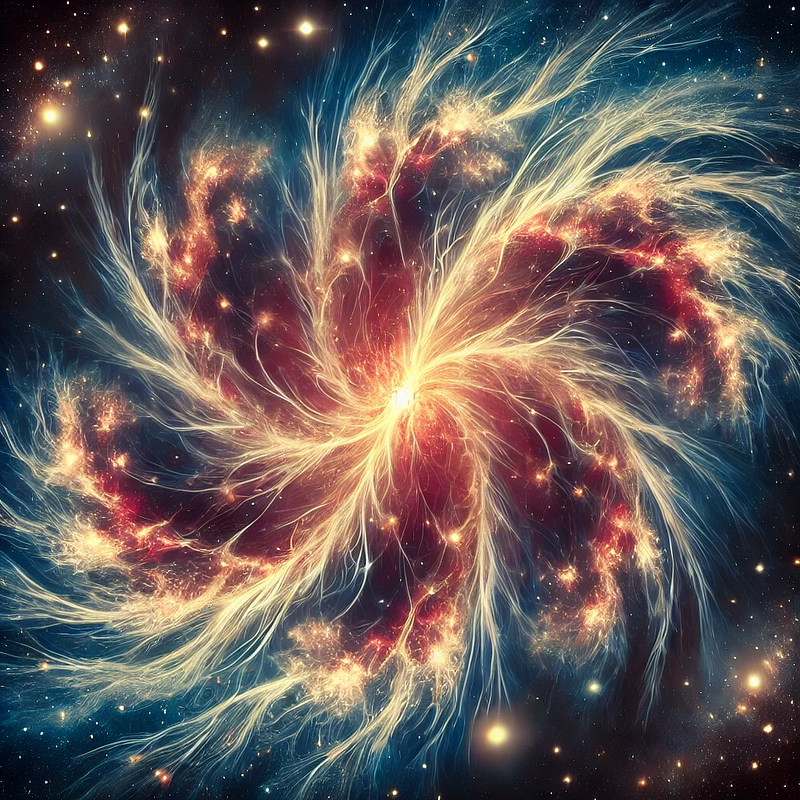
Conclusion: The Ongoing Journey of Discovery
JWST's findings are not just about distant observation; they are fundamentally altering our scientific understanding of the universe. As this remarkable telescope continues its mission, we anticipate even more revelations that will deepen our cosmic knowledge.
